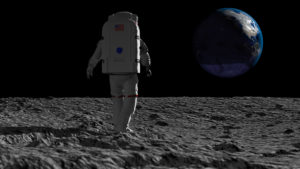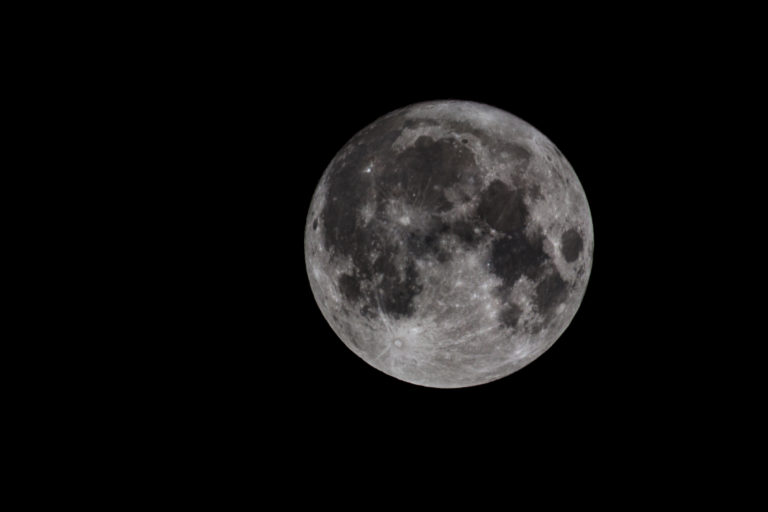As the autumn season comes upon us, less daylight leads to longer periods of darkness each night. These evenings are optimal for looking up and observing the wonders of the universe beyond our planet. On this first of October, join in with NASA and individuals around the world to celebrate International Observe the Moon Night.
On this annually-recognized evening, NASA encourages people from across the globe to come together and celebrate the wonder of our moon by finding a related activity that excites you! You can view the moon quite easily if weather allows, as it will be nicely visible around and shortly after sunset. Sitting somewhere outside will often be more than sufficient, but if you have the means there are many ways to enhance your viewing. Perhaps take a camping trip this weekend to a remote area with less light pollution, or consider investing in a telescope. Beyond simply observing the moon, there are lots of additional activities that can spark further curiosity and exploration. Taking photographs, making artwork, and even virtual field trips can be enlightening and fulfilling for celebrating our closest neighbor to our planet. Learn more about how NASA recommends observing the moon and this annual event right here!
The moon will be moving from a waxing crescent towards the first quarter of its cycle; an excellent time for viewing the details of the moon. You can learn more about the phases of the moon from NASA right here.
The moon has long been of great importance throughout human history as. Tides, reproductive cycles, and many religious and cultural celebrations are based around the moon. In this article from Sciencenews.org, you can read more about how and why early human civilizations used the moon as their master timepiece, before clocks or calendars.

Looking to learn more about the moon? TryEngineering.org has several resources to spark the moon minds of children and professionals! Pre-university students can learn more about how humans could live on this moon in this lesson on Biomimicry in Engineering. Students can also learn more about the field of engineering in this Aerospace Engineering edition of TryEngineering Tuesday. Also, you can read more about NASA’s new graphic novels inspired by the first female astronauts heading to the moon in this article.



